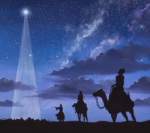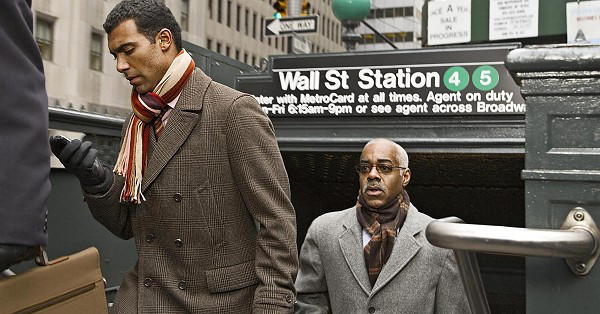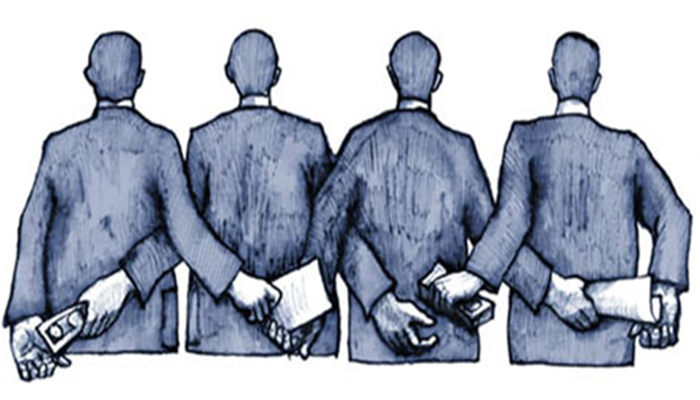 Many Christians celebrate Epiphany on the Sunday after January 6th. Sometimes my mind makes connections between things that others may have thought unrelated. Maybe we all do that, working in what some describe as thought webs, but I’m about to submit one such thought for your consideration.
Many Christians celebrate Epiphany on the Sunday after January 6th. Sometimes my mind makes connections between things that others may have thought unrelated. Maybe we all do that, working in what some describe as thought webs, but I’m about to submit one such thought for your consideration.
Matthew 2:1-12 is the Gospel account of the wise men’s visit. Ephesians 2:11-21 describes how all believers are one in Christ. Verse 17 in particular says that Jesus has preached peace to those that were far away and those that were near. Consider how the Christmas narrative illustrates that point. There were shepherds in the field near Bethlehem who came and worshiped Jesus the night he was born. They were near in a physical sense, within walking distance of the manger, but also spiritually near to the covenant. The shepherds were Jews, descendants of Abraham, Isaac and Jacob to whom the promise of Messiah was given. The wise men not only traveled from afar they were not of the chosen people Israel. They saw the star when it appeared and recognized it as a sign. They came to Jerusalem to search for a king. Herod did not know how to interpret the sign; he had to call in the priests and scribes and ask them where the Christ should be born. He was near physically but spiritually blind and not seeking God. The wise men were far away but not only made the trip but brought precious gifts and bowed down to worship the Christ.
At his birth and on the cross Jesus broke down the divisions among us. Paul wrote (in Galatians 3) “There is neither Jew nor Greek, there is neither slave nor free, there is no male and female” for we are all one in Christ. The wise men contrast the shepherds early on. The shepherds were Jews engaged in manual labor. They had no gifts to bring and returned the same night to care for their sheep in the field. The wise men were from outside Israel, persons of means and highly educated. Both groups bowed and worshiped Christ. There is one faith and one baptism, and we all sit together at the communion table.
Advertisements Share this:- More





